Designing Handwoven Gifts That People Will Love

Ways to make a handwoven gift reflect the personality and uniqueness of the person who receives it.
Handweaving Academy: learning, community, and inspiration beyond the loom

Weaving requires work on and off the loom. Learn how the Academy can improve your weaving even if you have no time weaving.
How to mark your mistakes while weaving
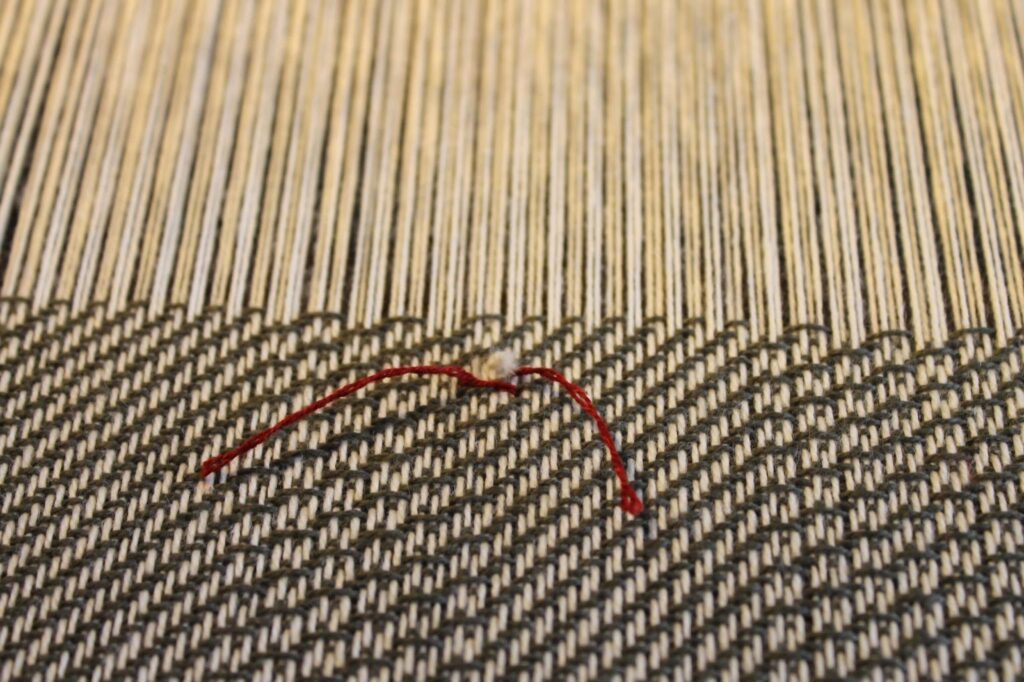
Learn how and why to mark issues at the loom so you fix them later.
What Makes Someone an Artist?

So many people hesitate to create because they don’t see themselves as “artistic.” But here’s the truth: you don’t become an artist by earning a title, selling work, or reaching some mysterious level of skill. You’re an artist the moment you create something that expresses you—even if it’s just changing a color or two in a design.
Changing face: Tie-up, cloth, or profile
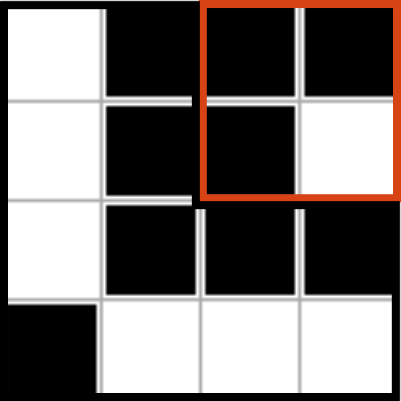
Flipping a tie-up over like that is known as changing its face. When you do it, you also change the face of the cloth: what used to be on one face (the top, for instance) is now on the other face (the bottom), and vice versa.
Learning without fear

It’s not the hours we put in, it’s the way we take on new challenges. Learn to harness your fear so you can indulge your curiosity.
How to design pillows with color gamps
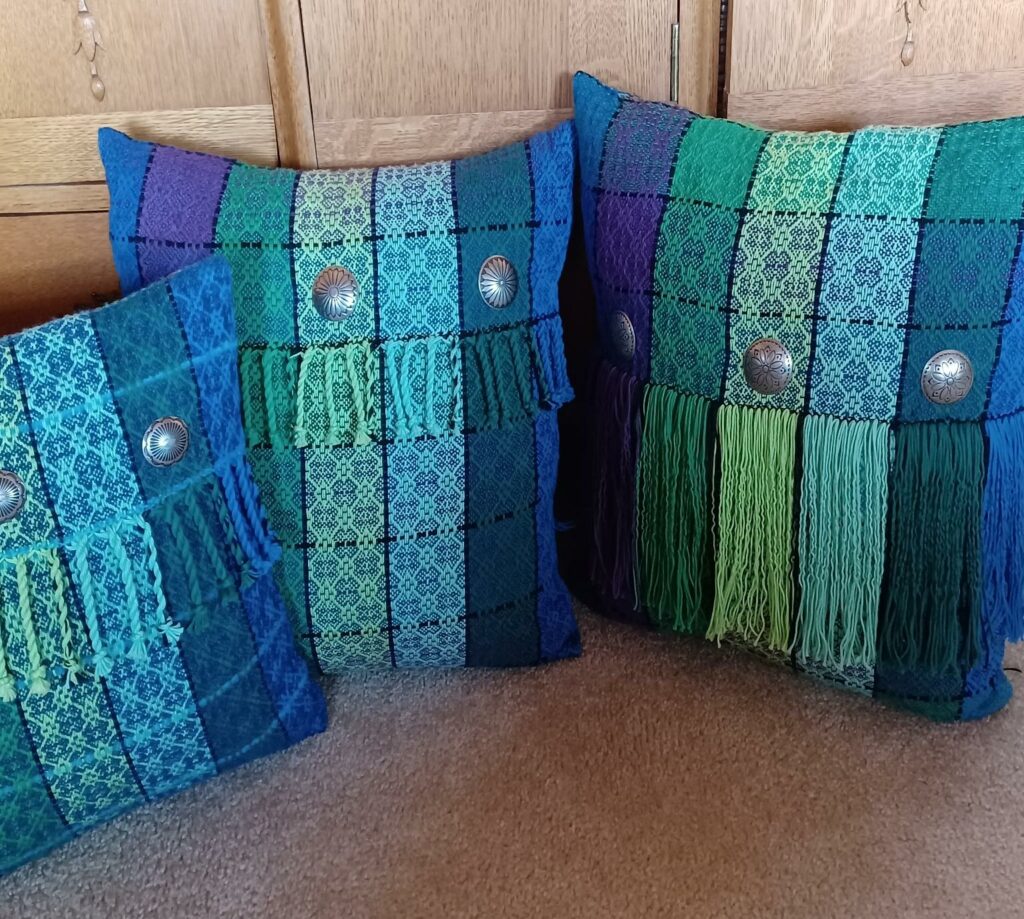
One of our members, Beth, shares how she used the lessons in the Academy to design and weave a final project destined for a small art gallery.
Challenge Shawl
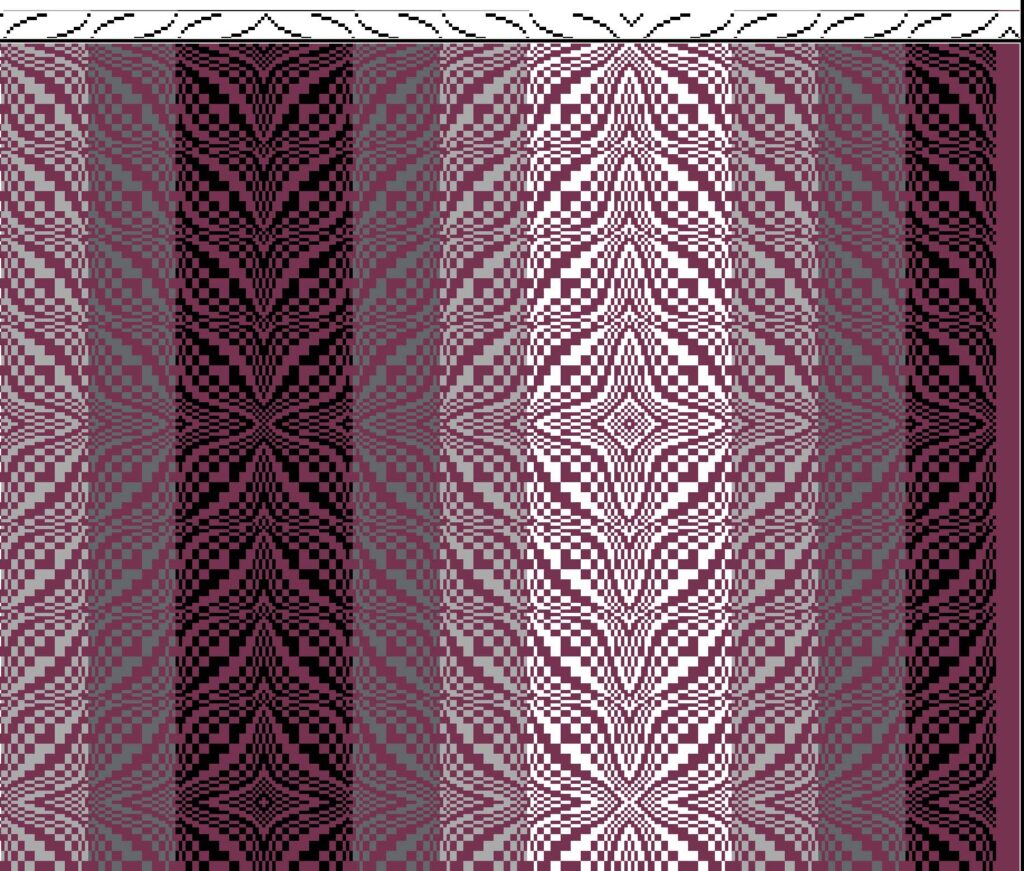
Gwen Peterson shares her process as she perseveres through a challenging project using lessons she learned in the Handweaving Academy.
Detangling your weaving yarn stash
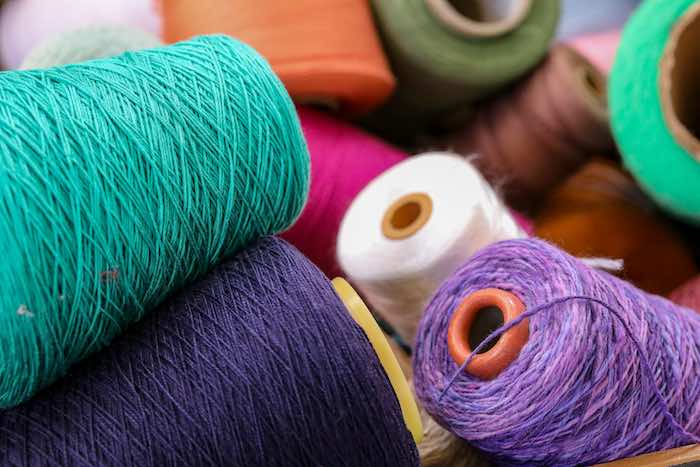
Buying new yarn is fun, but weaving it up can seem like work. Read about how we will be tackling our stashes this spring in the Handweaving Academy!
Stripes + Drafts = Magic!

Want to know how to pick colors to make your draft pattern show?
The secret is the contrast in darkness (also known as value contrast) between the warp and the weft.
